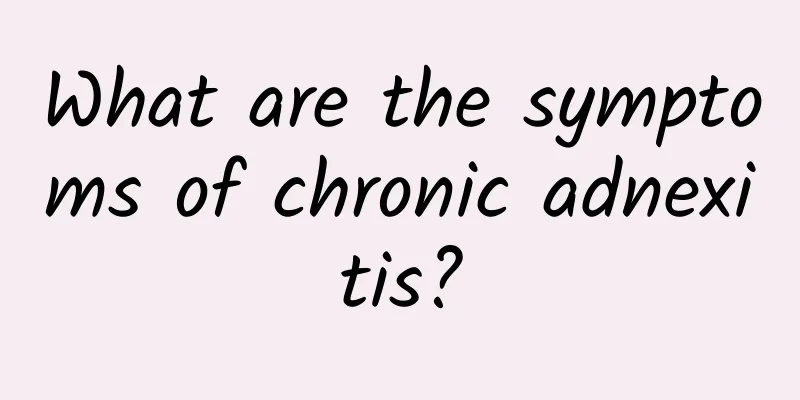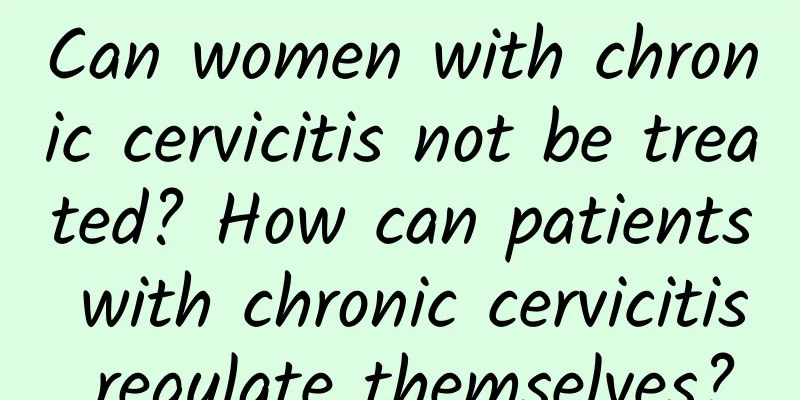Puncture and injection of drugs to treat Bartholinitis

|
Bartholinitis seriously attacks women's bodies and also causes swelling, pain, and abscesses, which seriously affect the patients' lives. We need to pay attention to the existence of this disease and pay attention to the treatment methods in daily life to avoid causing more impacts. Puncture and injection of drugs to treat Bartholinitis have achieved good results in clinical practice. Many people do not know the details very well. The following editor will introduce the treatment methods in detail. Treatment: 1. The treatment time is 3 to 7 days after the end of menstruation. During the operation, the patient takes the lithotomy position, the vulva skin is disinfected with iodine and alcohol, the vagina and vestibule are disinfected with 0.5% chlorhexidine, and a No. 12 empty needle is used to puncture the cyst or abscess to extract the cystic fluid, and then 3% iodine solution is injected. The amount of iodine solution injected is 20% of the extracted cystic fluid, and the maximum amount does not exceed 3 ml. 2. Pull out the needle, press the needle hole for 3 minutes, and apply sterile gauze. 3. Recheck one week after surgery. If the fluid in the cyst is viscous, rinse the cyst cavity repeatedly with normal saline until it is clear, then inject 80,000 units of gentamicin and cover with sterile gauze. For patients with concurrent infection, take 0.4 g of metronidazole orally 3 times a day. Abstain from sexual intercourse for 1 month, and then perform treatment with 3% iodine solution after the inflammation disappears. If there is no abnormality in the follow-up examination within 1 week, the patient should be re-examined 3 to 7 days after the end of the menstruation in the next month. Iodine solution has a broad-spectrum bactericidal effect, and the bactericidal effect is long-lasting and less irritating. When injected into the cyst wall cells, the intracellular protein coagulates and denatures, loses the secretory function, and shrinks the cyst cavity to the point of disappearance. However, during the operation, it is necessary to avoid puncturing too deep, keep the needle in the cyst cavity, and avoid extravasation of the drug solution. Bartholin's gland cyst is a gynecological disease caused by duct obstruction due to inflammation and epithelial metaplasia. Treatments include cyst removal and cystostomy (abscess incision and drainage for those with concurrent infection). All of the above treatments require hospitalization, are prone to bleeding during and after the operation, require daily dressing changes, have slow healing, and have a high postoperative recurrence rate. Bartholin's gland cyst is treated by puncturing the cyst cavity and injecting iodine solution. The treatment goal is achieved by permanently destroying the epithelial tissue of the Bartholin's gland cyst wall. The patient does not need to be hospitalized. The operation is simple, painless and bleeding-free. The patient can move freely after the operation. There is no local scar after healing, and the gland can be preserved, which is easy for patients to accept. The above is an introduction to the puncture and injection of drugs to treat Bartholinitis. I hope it will be helpful to you. |
<<: What topical medications are commonly used to treat Bartholinitis?
>>: What medicine should patients with Bartholinitis take?
Recommend
Why is cervical erosion hard to cure? 3 ways to completely treat cervical erosion
Cervical erosion is now very common. Many women c...
What medicine is good for ovarian cysts
What medicine is good for ovarian cysts? Nowadays...
Is Trichomonas vaginitis the cause of female infertility?
Trichomonas vaginitis seriously affects women'...
What are the causes of irregular menstruation?
Many female friends suffer from irregular menstru...
Cervical precancerous lesions go to hospital for treatment
Cervical precancerous lesions are the malignant t...
What are the symptoms of cervical warts
What are the symptoms of cervical warts? Speaking...
Is irregular menstruation a sign of cervical precancerous lesions?
Irregular menstruation is not necessarily a sign ...
What symptoms do patients with adnexitis experience?
In today's society, many women are prone to a...
Do you know what causes cervicitis?
There are many causes of cervicitis. Common cervi...
What are the dangers of ectopic pregnancy
What are the hazards of ectopic pregnancy? If ect...
How can we inhibit the occurrence of cervical hypertrophy?
In life, the incidence of cervical hypertrophy is...
Paying attention to personal hygiene is the key to the cause of adnexitis
The incidence of adnexitis has been very high in ...
Early symptoms of vaginitis
Vaginitis causes great psychological pressure on ...
Why has my menstrual period suddenly decreased in the past few months?
Why did my menstrual period suddenly decrease in ...
What should I do if I have diarrhea after uterine fibroid surgery?
What should I do if I have diarrhea after uterine...









